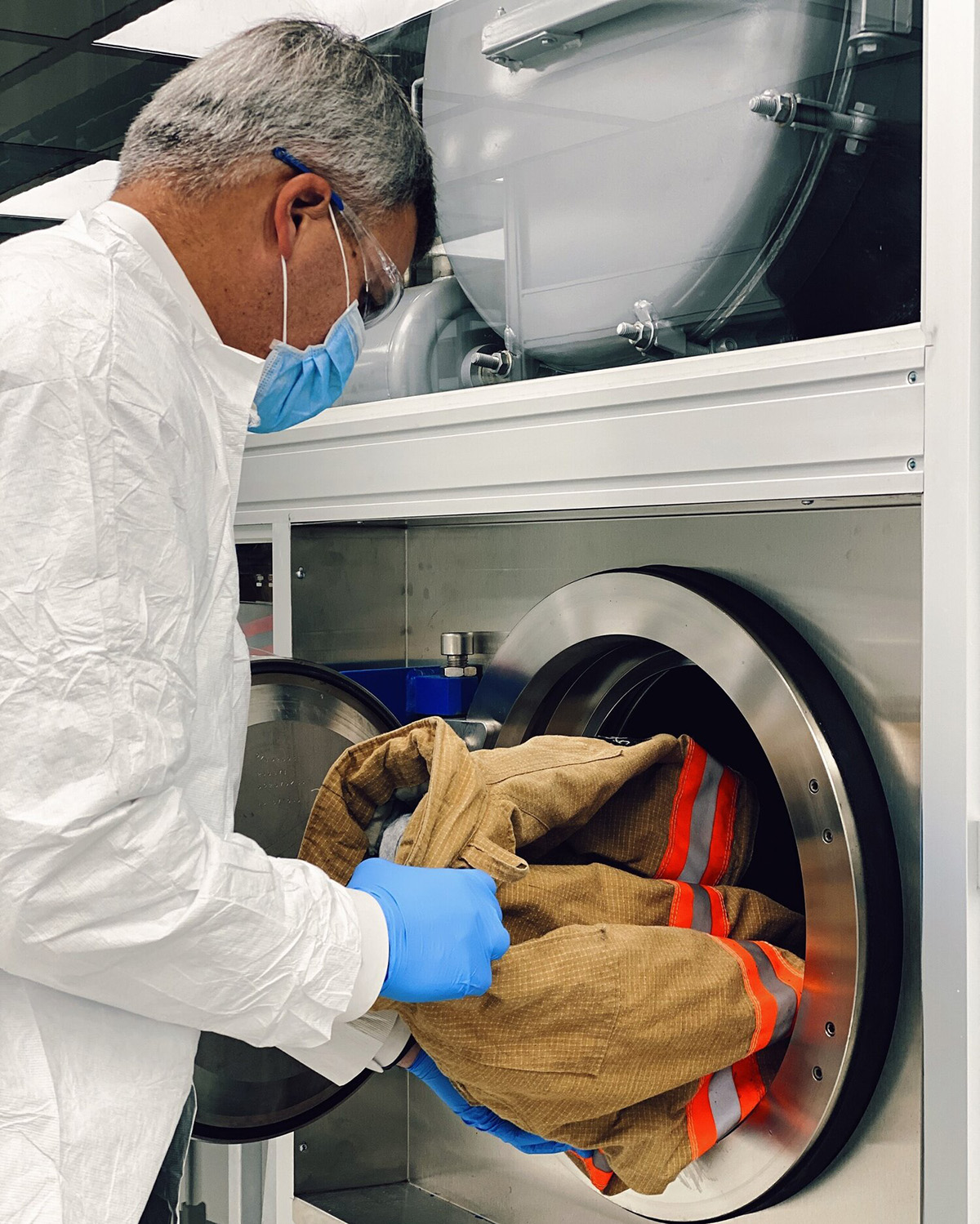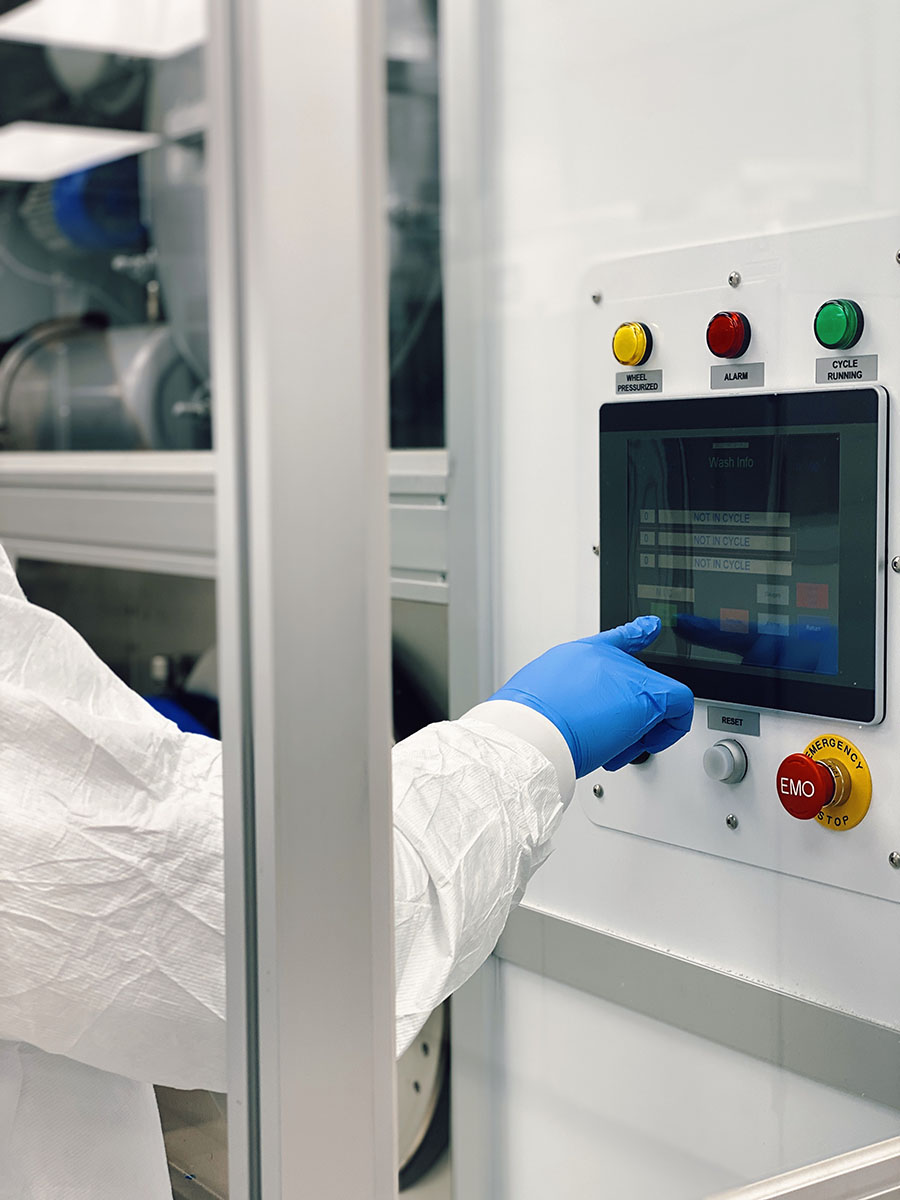By: Emergency Technical Decon Team
As electric vehicles (EVs) and lithium-ion-powered devices become more common, fire departments are facing a new kind of threat: toxic chemical exposure from modern battery fires. These fires behave differently from traditional fuel-based fires, and they leave behind a unique and dangerous residue that requires updated decontamination protocols.
The Rise of Lithium-Ion Fires
EV fires are notoriously difficult to extinguish due to thermal runaway—a process where damaged battery cells heat uncontrollably and ignite. These fires often reignite hours or even days later, increasing exposure risks. When battery packs combust, they release a complex cocktail of hazardous chemicals, including:
- Hydrogen fluoride (HF)
- Carbon monoxide (CO)
- Hydrocarbons
- Fluorinated compounds
- Heavy metals like cobalt, nickel, and manganese
Firefighters responding to these incidents may unknowingly absorb or inhale toxic byproducts through both skin contact and off-gassing gear, especially without prompt, effective decontamination.
Why Traditional Cleaning Isn’t Enough
The contaminants produced by lithium-ion fires are not only more varied but also more persistent. Water extraction cleaning may reduce visible soot, but it’s ineffective against many of the fluorinated and metallic residues generated by battery fires.
Liquid CO2+ Cleaning: A Smarter Response
Departments facing increasing calls involving EVs need an evolved response plan—and that includes advanced decontamination. Liquid CO2+ cleaning technology offers a safer, more comprehensive solution by:
- Penetrating gear fibers to extract embedded particles
- Removing up to 84% of PFAS and other chemical residues
- Preserving gear integrity with no added water, heat, or detergent
Keep Up with a Changing Fireground
Modern fire risks demand modern decon strategies. Whether responding to an e-bike blaze or a full vehicle battery fire, make sure your gear isn’t silently holding onto toxins that traditional methods leave behind. Read the Texas A&M study conducted on lithium-ion battery fires here.
Protect your crew from unseen risks. Schedule decontamination with ETD.



